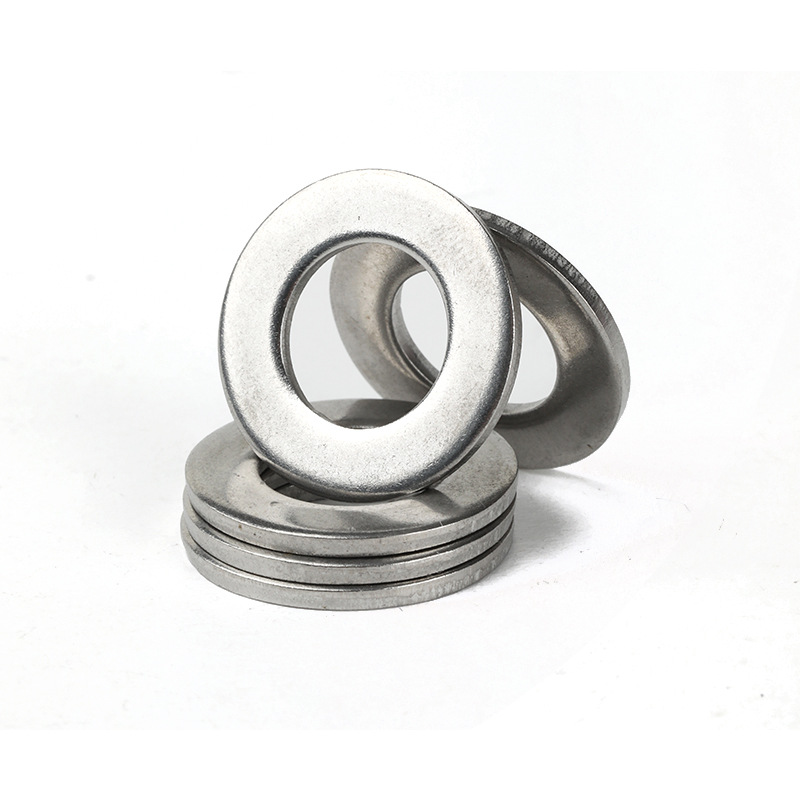

Understanding ASME B16.5 Standards for Stud Bolts and Their Applications in Industry
Nov . 09, 2024 06:30 Back to list
Understanding ASME B16.5 Standards for Stud Bolts and Their Applications in Industry
Understanding ASME B16.5 Stud Bolts A Comprehensive Overview
ASME B16.5 is a pivotal standard in the field of mechanical engineering, particularly concerning piping and flanges. One of the key components governed by this standard is the stud bolt, a crucial part in ensuring the integrity and reliability of bolted joints in various applications, including piping systems, pressure vessels, and industrial equipment. This article delves into the specifics of ASME B16.5 stud bolts, discussing their specifications, applications, and importance in engineering designs.
What are Stud Bolts?
Stud bolts are fasteners typically used in conjunction with nuts to secure two or more parts together. Unlike regular bolts which have a head, stud bolts are cylindrical and threaded on both ends, allowing them to be inserted into pre-tapped holes. The ends of the stud are then fastened with nuts, creating a strong connection that can withstand high pressure and temperature fluctuations. This design not only provides an exceptional grip but also allows for easier adjustments during installation and maintenance.
ASME B16
.5 SpecificationsThe ASME B16.5 standard outlines the requirements for flanged fittings, including dimensions, materials, and pressure-temperature ratings. In relation to stud bolts, it specifies the materials that shall be used, such as carbon steel, stainless steel, and alloy steel, which must meet certain mechanical properties and yield strength criteria. The standard also classifies stud bolts by their diameter, length, and thread types, ensuring compatibility with various flange designs.
Key aspects of ASME B16.5 include
1. Material Specifications The standard provides guidelines on acceptable materials for stud bolts, ensuring they can withstand environmental stresses and corrosion. Common materials include ASTM A193 for high-strength bolts and ASTM A320 for low-temperature applications.
2. Dimensional Standards ASME B16.5 specifies the dimensions of stud bolts, including length and diameter, which are crucial for ensuring proper fit and function within bolted connections.
asme b16 5 stud bolt

3. Thread Standards The standard defines the type of threads to be used — most commonly Unified National Coarse (UNC) or Unified National Fine (UNF) threads. This is critical for ensuring that the nuts and stud bolts fit together seamlessly.
Applications of Stud Bolts
Stud bolts are widely used in various industries, including oil and gas, chemical processing, and power generation. They play an essential role in
- Flanged Connections Particularly in high-pressure applications where flanged joints must maintain integrity under fluctuating pressures. - Pressure Vessels Stud bolts provide the strength required to withstand the internal and external pressures experienced by vessels. - Heat Exchangers Used to secure components where thermal expansion and contraction may occur, thereby maintaining joint integrity.
Importance in Engineering Design
The correct selection and application of stud bolts in accordance with ASME B16.5 are critical for ensuring safety and performance in engineering designs. Inadequate or improperly installed stud bolts can lead to leaks, equipment failure, or even catastrophic failures. Hence, engineers must adhere to the specifications laid out in the ASME B16.5 standard to achieve optimal performance and reliability.
Conclusion
In conclusion, ASME B16.5 stud bolts are integral to the integrity of bolted joints across many industries. Their correct application per the ASME standards ensures that engineered systems not only function safely under demanding conditions but also maintain longevity and efficiency. Understanding the specifications and applications of these fasteners is essential for any engineer involved in the design and maintenance of pressure-containing systems. By adhering to the ASME B16.5 standards, engineers and manufacturers can guarantee the performance and reliability of their systems in the face of operational challenges.
Latest news
-
Hot Dip Galvanized Bolts-About LongZe|High Strength, Corrosion Resistance
NewsJul.30,2025
-
High-Strength Hot Dip Galvanized Bolts - Hebei Longze | Corrosion Resistance, Customization
NewsJul.30,2025
-
Hot Dip Galvanized Bolts-Hebei Longze|Corrosion Resistance&High Strength
NewsJul.30,2025
-
High-Strength Hot-Dip Galvanized Bolts-Hebei Longze|Corrosion Resistance&High Strength
NewsJul.30,2025
-
Hot Dip Galvanized Bolts-Hebei Longze|Corrosion Resistance&High Strength
NewsJul.30,2025
-
Hot Dip Galvanized Bolts - Hebei Longze | Corrosion Resistance, High Strength
NewsJul.30,2025

